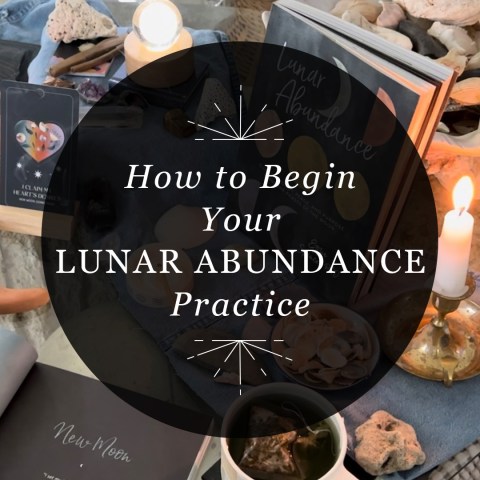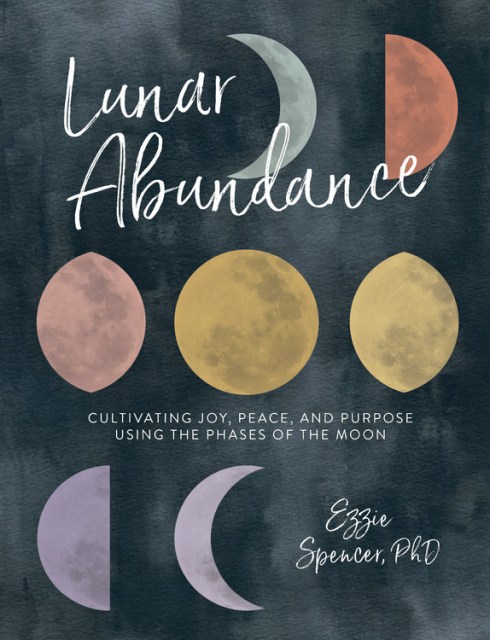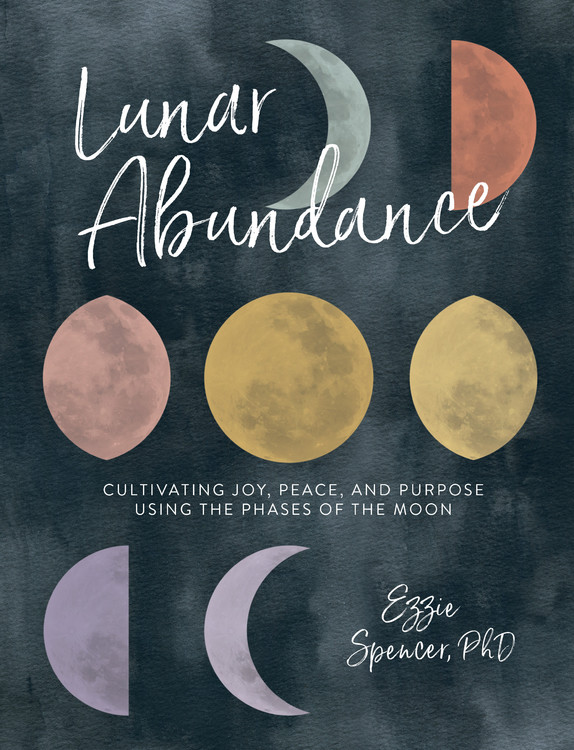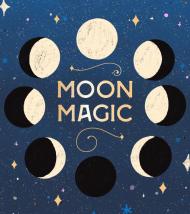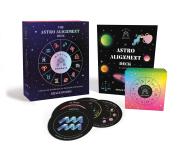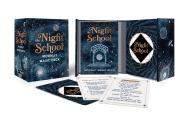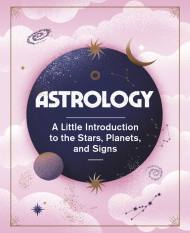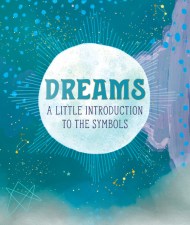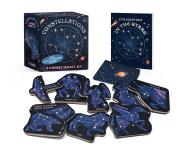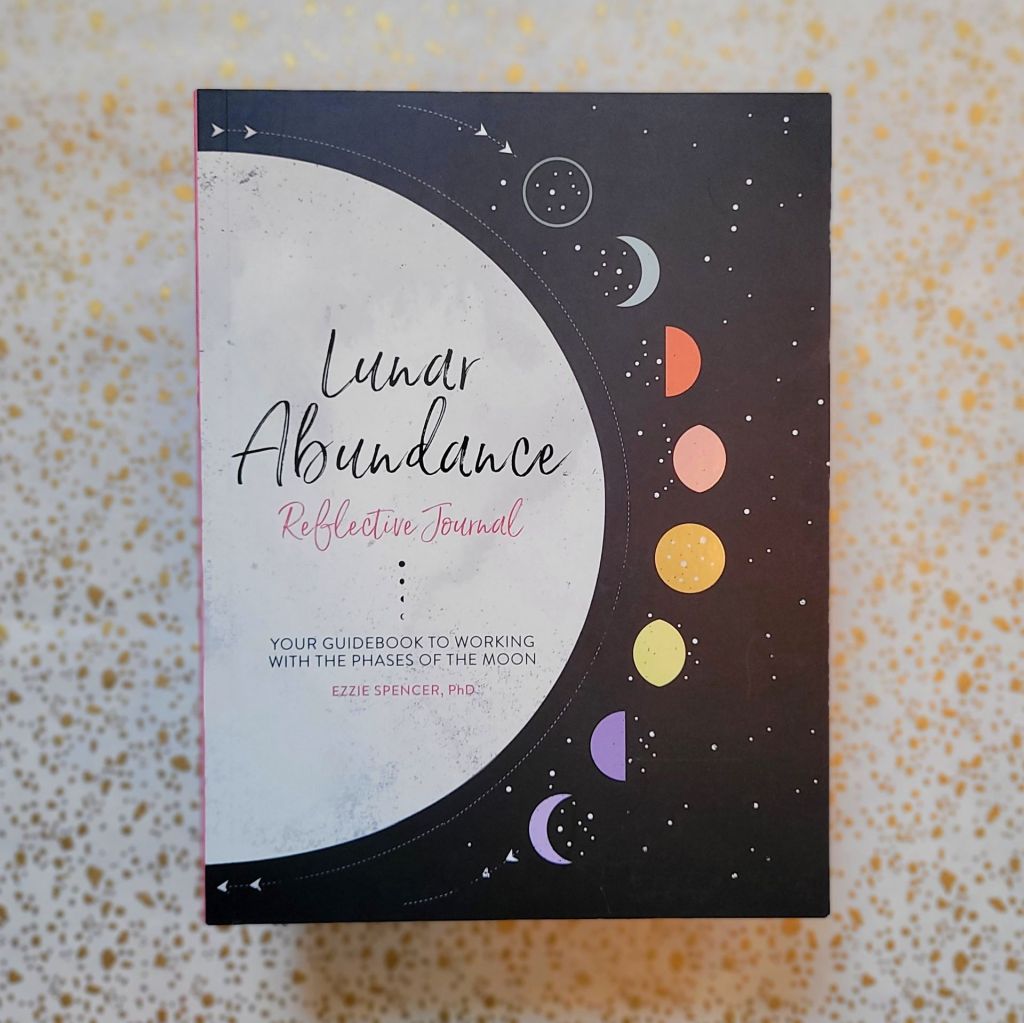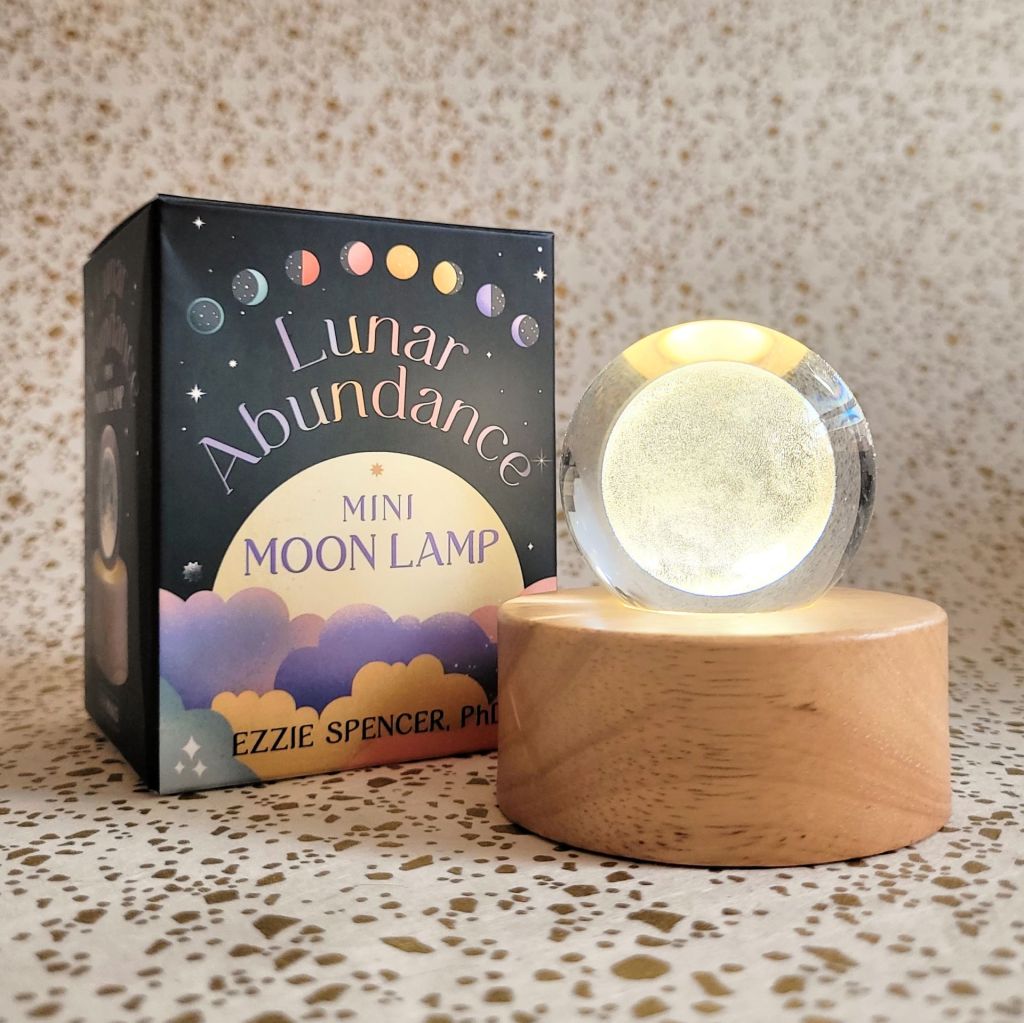How to Begin Your Lunar Abundance Practice
Lunar Abundance is a captivating self-care method that bridges the cosmic rhythms of the moon with the intricacies of manifesting your deepest desires. Join us as we explore the profound wisdom curated by Ezzie Spencer, bestselling author and the visionary behind Lunar Abundance, to unlock the transformative power of working with the Moon’s phases.
Read full article
